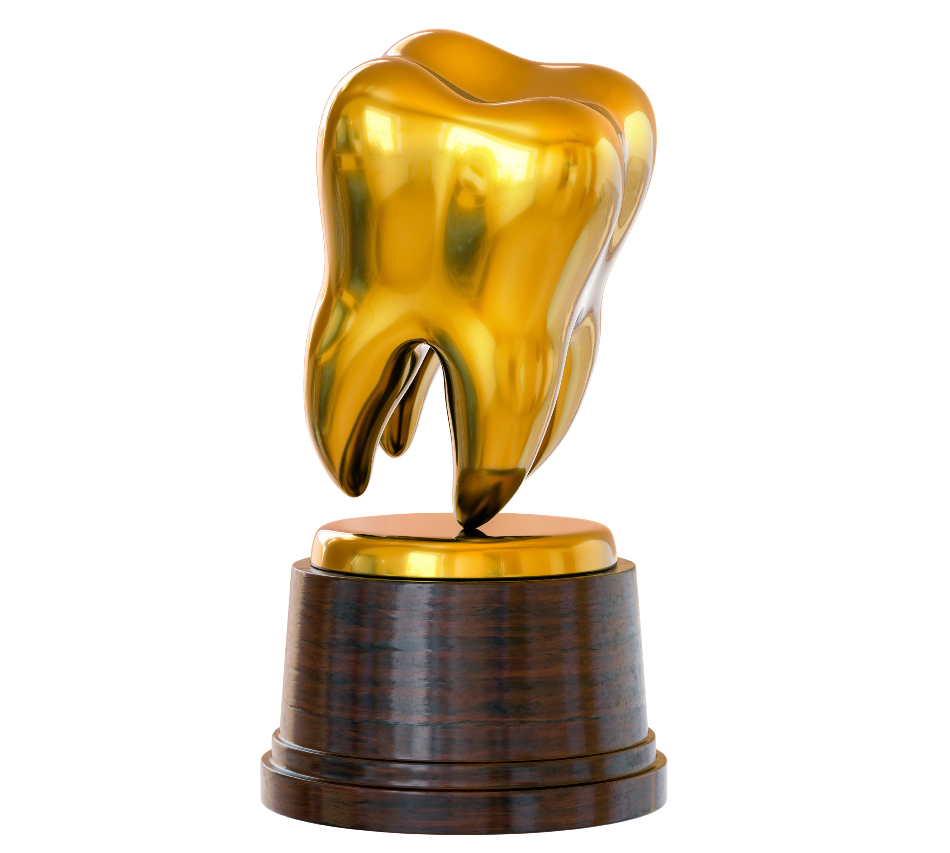Nov 9 2009

SPF / Shutterstock
Examples for the use of gold in dental applications date back to the Etruscans in the seventh century BC. The Etruscans used gold wire to hold in place alternative teeth, usually taken from a cow or calf when their own teeth were damaged.
As early as 1530, the first printed book on dentistry was published in Leipzig, which suggested the use of gold leaf for filling cavities. The benefits of gold and its alloys in dental applications are due to its malleability, biocompatibility, and resistance to corrosion. The need for good biocompatibility of a material is closely related to its corrosion resistance. Therefore, there should be no adverse effects on health when the alloy is placed in contact with the body of the patient.
Preparing Dental Gold on Bridgework
Numerous gold products can be utilized in dentistry, such as pure gold metal (in the form of powder, foil, or thin flake-like crystals called “mat gold”), gold alloy solders, wrought alloys (in the form of wires and plates), and casting alloys.
In terms of pure gold, gold leaf is still compressed into pellets and packed into small cavities in teeth that are otherwise sound. This is done with the help of a hand mallet or mechanical condenser. This restoration has high durability against the chemical attack of oral fluids. However, the gold must be in cavities exposed to minimal wear since it is very soft. At present, this technique is rarely used.
The important application of gold in advanced dentistry is in the form of alloys, as a combination of gold and noble metals like palladium, platinum, or silver with zinc and copper. The goal is to develop an alloy that is easy for the dentist to manipulate but is still durable, strong, stiff, and resistant to tarnish and corrosion.
The alloys of gold are utilized for bridges, inlays, and crowns. The gold content of the alloy will differ according to the exact application. A standard crown and bridge alloy might consist of 62%–78% gold, along with platinum, silver, and palladium, as well as copper and zinc. Platinum, silver, and palladium metals are added to make at least 75% noble metals.
Dental Alloys and Soldering
The broad range of dental alloys has been defined in several National and International specifications, such as those of the American Dental Association. Wide-ranging properties can be achieved by changing the composition of the alloys (hardness, elongation, yield and tensile strengths). Moreover, additional elements are added to enhance castability (assisting the manufacture of the dental component) or to manage thermal expansion.
Specifically, the most important dental technique is soldering. It is used for connecting individual components. In metallurgical terms, solder refers to alloys that have a melting point below 425 °C. This is in contrast to alloys used for brazing, which melt above this temperature.
In dentistry, “soldering” in general encompasses all such operations. The dental solder alloys are usually based on an alloy of copper, silver, and gold, probably with little additions of nickel, tin, or zinc.